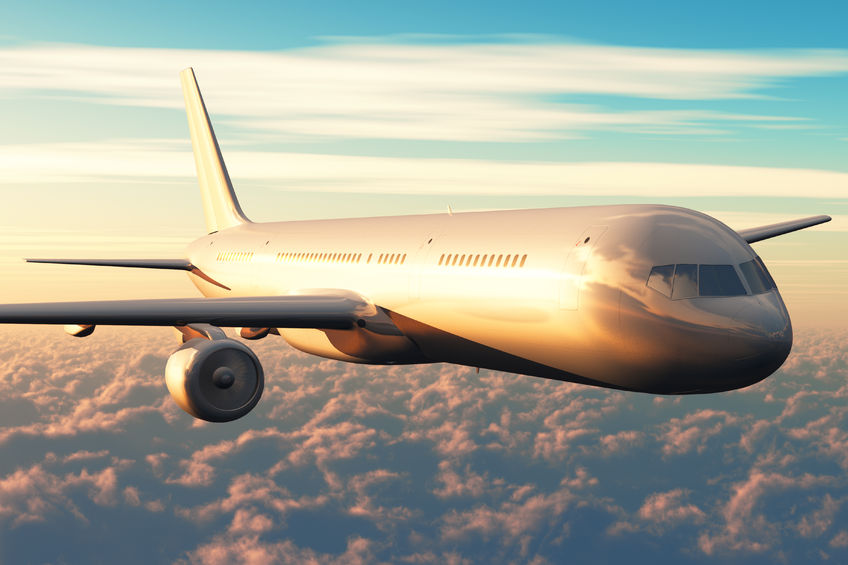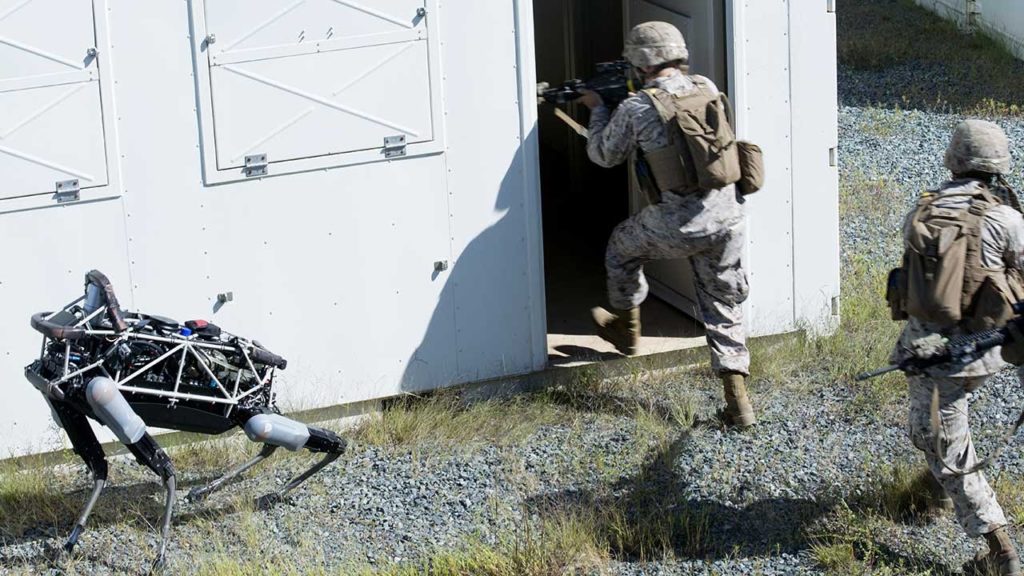A question frequently asked by the person who has seen the super-giant passenger airliner Airbus 380 or any other jumbo airplanes on TV is how Airbus or other respective companies have managed to build it? So how does these gargantuan airplanes managed to fly and what are the technologies behind to keep them safe even at the altitude of 13,100 meters above the sea level? Here we have presented the basic principle that make the airplanes fly and the modern technology that make the airplane even more efficient, safe and conventional way to travel.
A plane’s wings are molded and bended, with a bigger profile over the wing, so the air moving underneath the wing is avoided descending and the air moving over the wing rotates toward the sky. The air underneath the wing is stuck into a littler volume, and when this happens the air pushes back on the wing the other way. Here we make utilization of Newton’s third law of movement: For each activity there is an equivalent and inverse response — or, powers come in sets. You can’t push on something without that something pushing back on you. This avoidance of the moving air makes a bigger weight (drive per territory) under the wing. Over the wing the air moves into a bigger district, which diminishes the weight. The speedier the plane moves, the more air every second is avoided, and the more prominent the weight contrast over the best and base of the wing. This distinction in weight caused by the exertion of redirecting the stream of air prompts a net upward power. At a sufficiently high speed, this upward power can be more prominent than the heaviness of the plane.
How does the plane move so quick that an upward lift is accomplished?
By the working guideline is Newton’s third law of activities and responses. In the beginning of flight (and still today, for littler planes), the speed of the plane came about because of forward push got from turning propellers. The sharp edges of the propeller are formed and mounted at an edge with the goal that they are basically pivoting wings. They scoop and avoid an amount of moving air behind the sharp edge. This makes a weight contrast over the width of the propeller cutting edge, driving the propeller forward, toward the plane’s forward movement. The speedier the propeller cutting edges turn, the more air they avoid behind them, and the quicker the plane moves the coveted way.
The bigger the plane, the more prominent its weight, and for a given wing size, the quicker it must move keeping in mind the end goal to accomplish adequate lifting power under the wings to raise the plane off the ground. The vitality to turn the propeller originates from the burning of petroleum product, basically similar material science that prompts rotational dynamic vitality in an auto. More noteworthy rates, important for bigger lifting powers, are accomplished utilizing a stream motor.
The Technology
Modern airplanes are normally composed of fuselage, wings, engine and landing gear. Airplane’s long cylindrical shaped passenger compartment with the cargo hold beneath is known as fuselage. It must be very tough but in order make it tough the increase in the weight is sure. In order to keep the weight as lower as possible and toughness as higher as possible the high-tech carbon composites called Carbon fiber, quartz fiber, glass fiber and glare are used. Wings are the key part of the any airplane as it helps to lift up the plain and keep the plain up in the air. Moreover, the jet engines and fuel tanks are also attached to it so it also has to be tough as well. In addition right size of the wings are compulsory to lift up the plane. When it comes to engines most of the modern airplanes use turbofan engines. A multi-blade turbine in the front of turbofan engine draws oncoming airflow, compress it and crams it into the combustion chamber where fuel is squirted and an explosion produce the thrust enough to keep the plane moving against the air drag. An aerodynamic design also plays key role in order to increase the efficiency of plane and decrease the air resistance.





